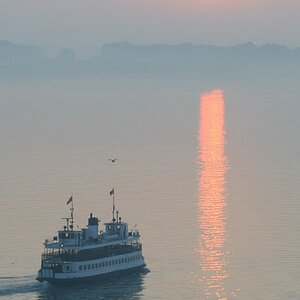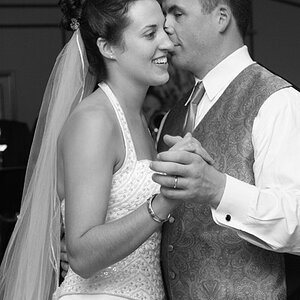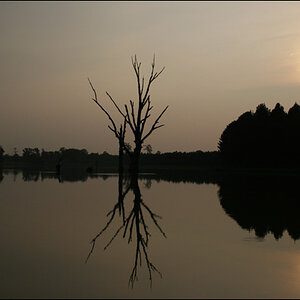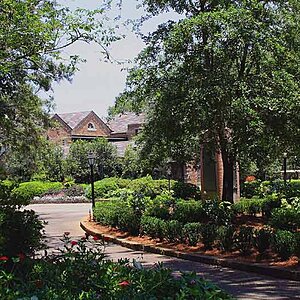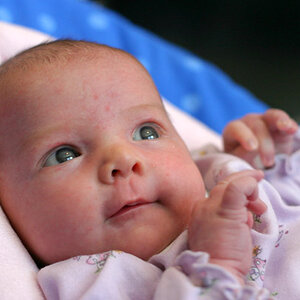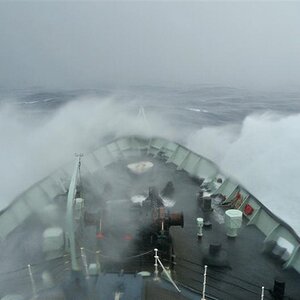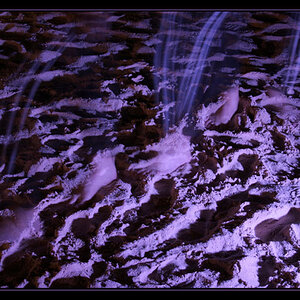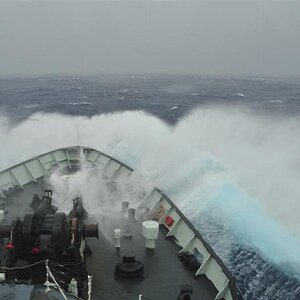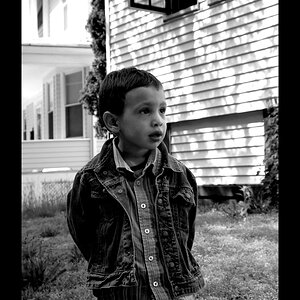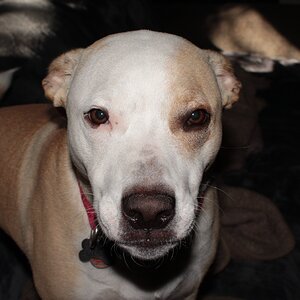jcdeboever
Been spending a lot of time on here!
- Joined
- Sep 5, 2015
- Messages
- 19,868
- Reaction score
- 16,081
- Location
- Michigan
- Can others edit my Photos
- Photos OK to edit
I worked hard today at lunch on zone system and trying to produce a recognized approach at it. It is very difficult and hard to pre visualize. I am uneasy at this attempt but feel I am making progress. I have read the negative 4 times. I used a hand held Pentax spot meter, and several exposure adjustments in order to get a use able SOOC jpeg.
1.

2.

3.

1.
2.
3.


